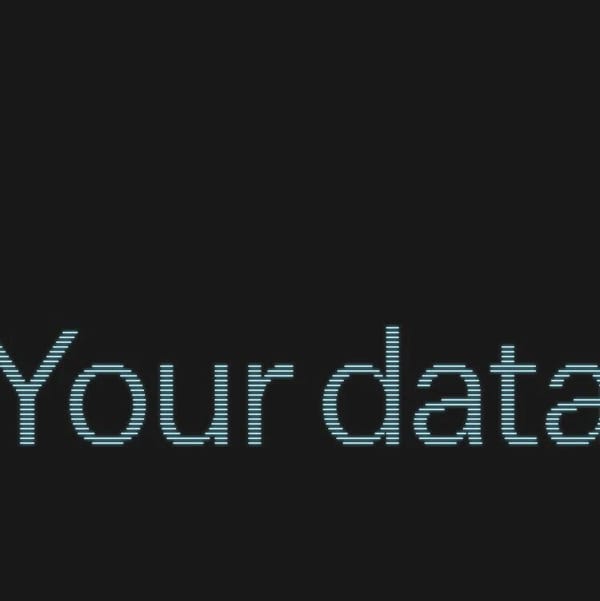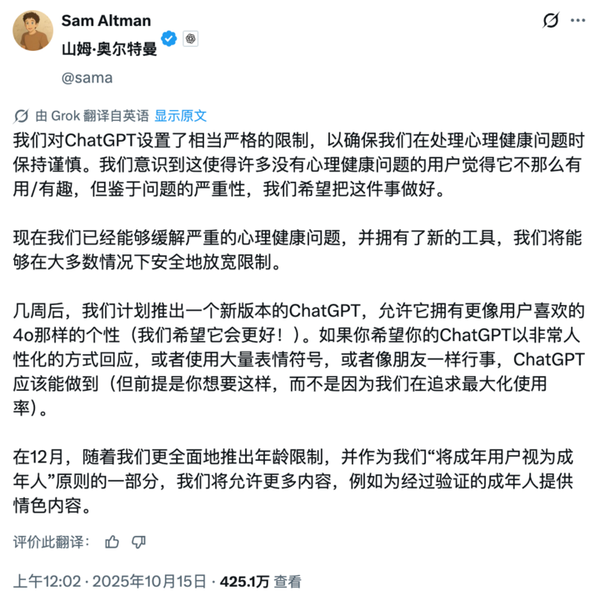Freedom Is the Biggest Trap in Entrepreneurship: Two Years After Quitting, I Really Want a Boss

When True Freedom Arrives — The Double-Edged Sword for Entrepreneurs
Freedom is often seen as the ultimate reward for entrepreneurship. Yet, when that true freedom finally arrives, many founders feel overwhelmed, unfocused, or even lost. Drawing from personal experience, this article discusses why freedom in entrepreneurship is both empowering and challenging.
---
A Flashback to the Turning Point
Last night, I dreamt of my former boss, Lao Wang. I wasn’t sure if it was a project presentation or a report — but in the dream, I was harshly scolded.
I woke up drenched in sweat, perhaps from my overly thick blanket.
Glancing at the date, I realized: two years ago this week, I resigned from my job.
Initially, I planned a short break — one or two months off, then a return to work.
But with the AI boom beginning, I thought: why not experiment on my own for six months?
Somehow, those six months have stretched into two full years…
If I were to sum up these two years in one sentence:
_I constantly wish I had a boss._
---
The Paradox of Freedom
The biggest benefit of working for yourself: freedom — no one to manage you.
The biggest challenge of working for yourself: freedom — no one to manage you.
When no one’s in charge, you must determine your own:
- Purpose
- Projects
- Priorities
- Means of feedback
In a Company
You mostly need to keep your process correct.
On Your Own
You must decide on:
- A correct direction
- A correct process
- A correct result
If any of these is wrong, your effort is wasted.
And the truth is — you won’t know how deep many problems are until you try:
- Some “high-potential” ideas generate no profits (e.g., video production)
- Some “low-barrier” ideas turn out to have high demand (e.g., AI customer service)
- Many popular sectors are still relationship-driven (e.g., outsourcing)
---
Outside the Company System
When solo, your information intake must shift from passive to active.
- At work, you might complain about too many WeChat messages.
- Alone, a silent phone for a whole day feels ominous.
No communication will come to you unless you reach out first.
Also, without a boss:
- No more criticism (even the harsh kind that was actually constructive)
- No more praise, bonuses, or structured performance reviews
All positive reinforcement must be self-generated. Every cent you earn comes directly from the market.
For most people, a regular job might be better.
---
My Startup Attempt — Lessons Learned
Why 2B Was Not For Me
Last year, I built a B2B AI + Management product:
A “CEO Digital Twin” combining:
- A company productivity evaluation system
- An AI spreadsheet engine for broad efficiency optimization
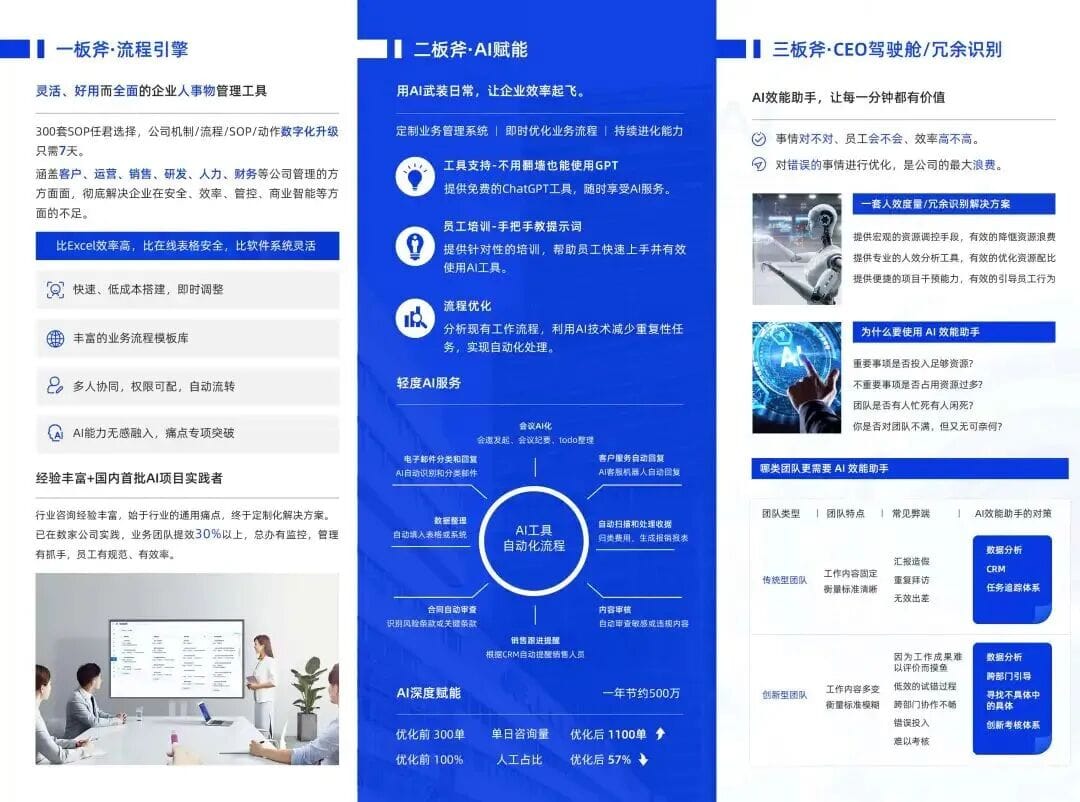
I validated the idea by consulting for two companies over several months.
Results? 100% productivity increase — great feedback.
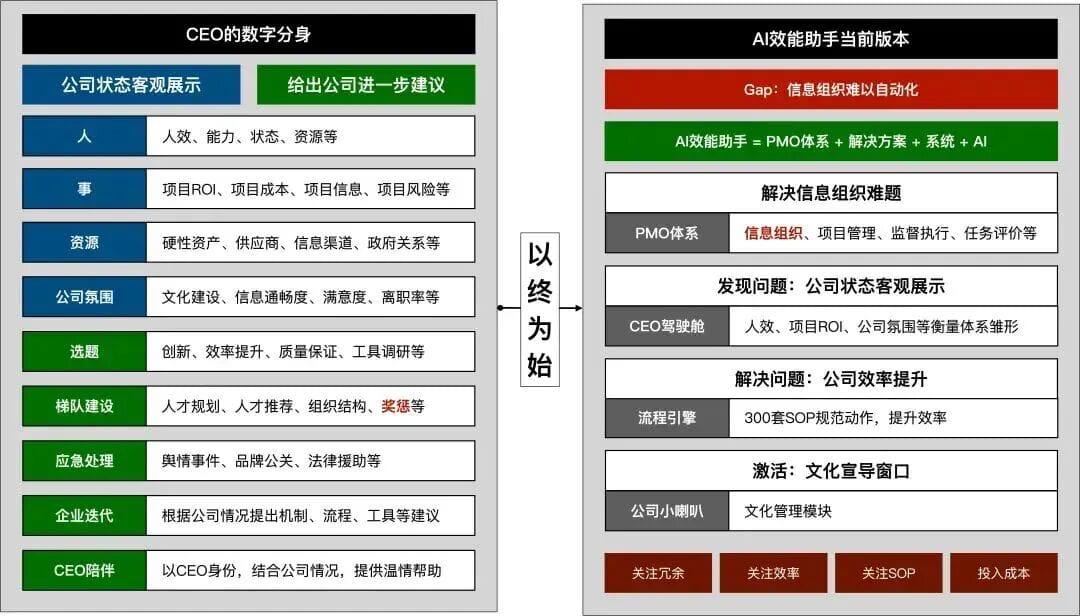
Yet when selling:
- SME owners weren’t keen on paying for management tools.
- B2B sales are relationship-driven, not capability-driven.
- 80%+ of clients want customization or on-prem deployment — killing standard SaaS viability.
- Margins resemble outsourcing: low prices, high effort, minimal skill growth.
Risk in 2B Projects
Even if you land contracts, delayed payments are common.
Long cycles risk strategy changes — clients may reject delivery months later due to changing needs.
Domestic 2B is crowded: no real possibility of standardized products.
---
Pivot to 2C — “Air Pig” AI English Learning
We paused the CEO Digital Twin in April and shifted focus to 2C AI English learning.
Partner: an expert who spent 10+ years in English training, whose company closed due to double-reduction policies.
Early feedback was positive.
2C Challenges
- No relationship dependency, but few barriers to entry — products are easy to copy.
- Market competitors emerge fast — sometimes in weeks.
- Users quickly switch if alternatives emerge.
Example: After creating an AI course, students launched similar courses with overlapping content.
Result: 2C often becomes a traffic business, requiring heavy marketing and budget consumption.
---
The Tide of the Times
After two years, my conclusion is sobering: Domestic AI apps are now a resource game.
- Wealthy companies wait-and-watch, then replicate successful ideas with “pixel-level precision.”
- Giants leverage traffic, data, capital to shorten differentiation time to weeks.
Both AI 2B and AI 2C are unstable:
- 2B depends on relationships/customization
- 2C depends on traffic/copying speed
No safe position exists.
At a recent TGO group meeting:
- Out of 10 participants, 8 targeted overseas markets.
---
Why I Still “Want a Boss”
By “boss,” I mean:
- Clear goals to anchor meaning
- Immediate feedback to reduce uncertainty
- Bounded responsibility — unlike self-run ventures, where every mistake could be fatal
Without this, the mental load is heavy — you must be boss, employee, motivator, critic, and strategist all at once.
---
Potential Lifelines — Platforms Like AiToEarn
Amid these challenges, some platforms help creators bypass bottlenecks:
AiToEarn — an open-source global AI content monetization platform.
Key features:
- AI-powered content generation
- Cross-platform publishing — Douyin, Kwai, WeChat, Bilibili, Rednote, Facebook, Instagram, LinkedIn, Threads, YouTube, Pinterest, X (Twitter)
- Integrated analytics & AI model rankings
Links:
---
———— / E N D / ————
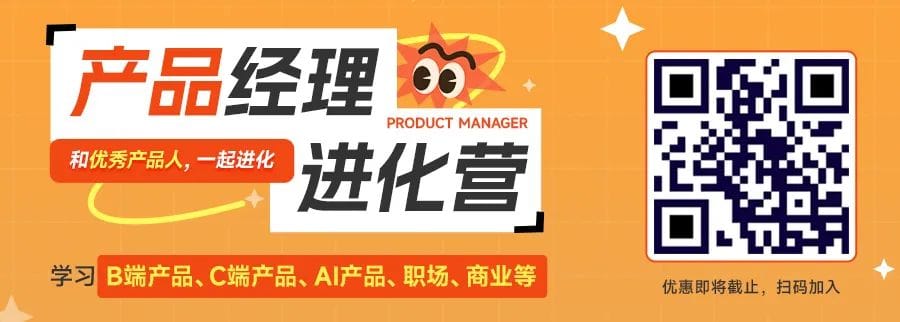
---
Recommended Reading



---
---
✅ Tip: If you create multimedia or AI-generated content and want seamless distribution across multiple platforms, explore tools like AiToEarn to consolidate publishing, analytics, and monetization.
---
Would you like me to also condense this into a high-impact executive summary so busy founders get the key takeaways in under 2 minutes? That could make the piece far more shareable.

